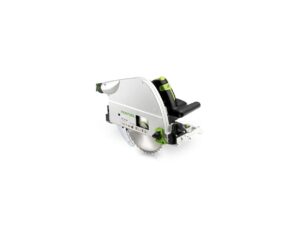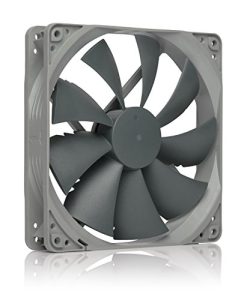Contents
- Choosing the Right Feeding Schedule
- Considerations for Choosing a Feeding Schedule
- Identifying Your Dog’s Individual Needs
- Free-Feeding vs Scheduled Feeding
- Puppies’ Feeding Schedule
- Adult Dogs’ Feeding Schedule
- Senior Dogs’ Feeding Schedule
- Feeding Schedule for Dogs with Special Needs
- Feeding Schedule for Active Dogs
- Feeding Schedule for Working Dogs
- Factors to Consider for Feeding Schedule Changes
- The Role of the Owner in Maintaining a Feeding Schedule
Feeding your furry companion at the right times is crucial for their health and well-being. With “The Best Feeding Schedule for Dogs,” you’ll discover the optimal times to nourish your four-legged friend, ensuring they receive the nutrients they need. By following this expertly crafted schedule, you’ll establish a routine that promotes proper digestion, prevents overeating, and keeps your dog energized throughout the day. Say goodbye to guesswork and hello to a happy, healthy pup with “The Best Feeding Schedule for Dogs.”
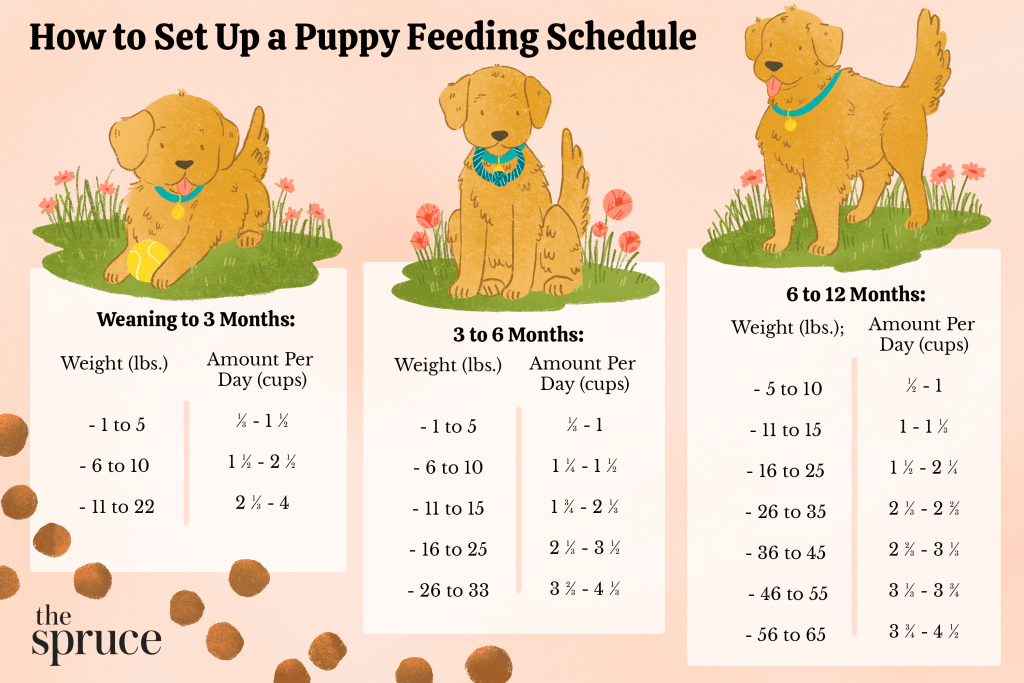
Choosing the Right Feeding Schedule
When it comes to choosing the right feeding schedule for your dog, there are several considerations to keep in mind. Each dog is unique and has individual needs, so it’s important to tailor their feeding schedule accordingly. By understanding the advantages and disadvantages of different feeding schedules, as well as considering factors such as age, activity level, and any special needs your dog may have, you can ensure that your furry friend is receiving the proper nutrition at the right times.
Considerations for Choosing a Feeding Schedule
Before diving into the specific feeding schedules for different life stages and situations, let’s explore the general considerations when choosing a feeding schedule. Firstly, you should consult with your veterinarian to determine the appropriate portion sizes for your dog based on their breed, size, and overall health. It’s also crucial to consider your dog’s eating habits and preferences. Some dogs thrive on a routine, while others may prefer more flexibility with their meals.
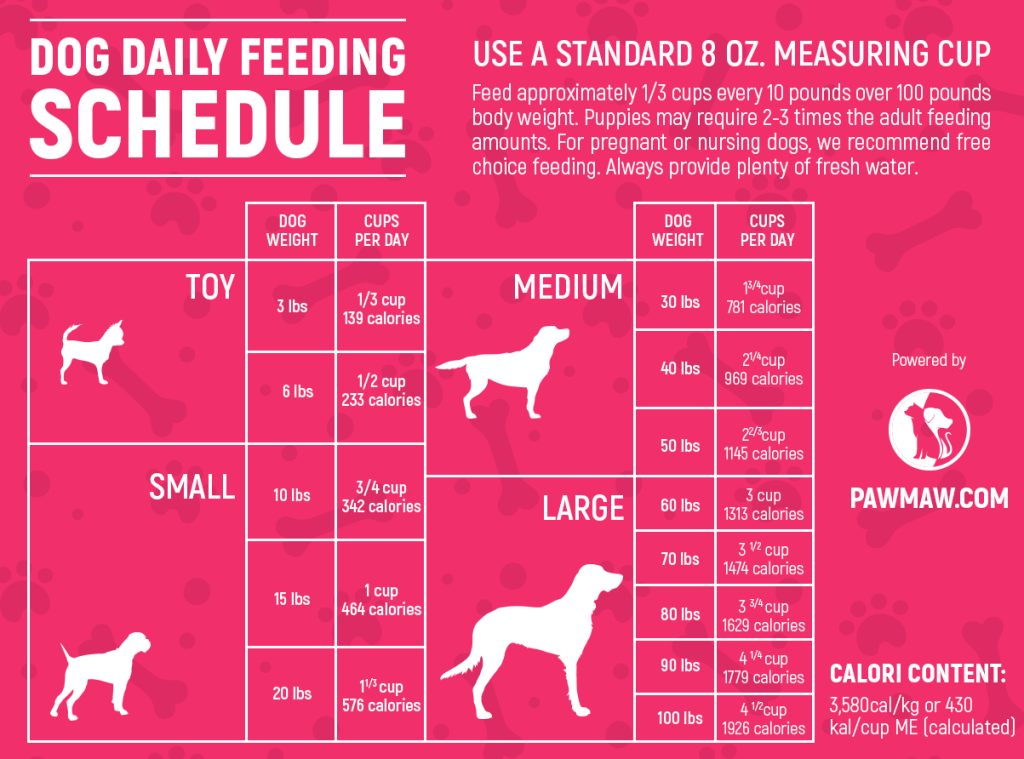
Identifying Your Dog’s Individual Needs
Understanding your dog’s individual needs is key to establishing the right feeding schedule. Every dog is unique, and factors such as age, activity level, and medical conditions can significantly impact their nutritional requirements. Puppies, adult dogs, and senior dogs have different dietary needs, so it’s important to adjust their feeding schedules accordingly. Additionally, if your dog has any medical conditions or is overweight or underweight, a customized feeding schedule may be necessary to address these specific needs.
Free-Feeding vs Scheduled Feeding
When it comes to feeding your dog, there are two main approaches: free-feeding and scheduled feeding. Let’s explore the advantages and disadvantages of each to help you make an informed decision.
Advantages and Disadvantages of Free-Feeding
Free-feeding refers to leaving food available for your dog to eat at any time throughout the day. This approach allows dogs to self-regulate their food intake and eat whenever they feel hungry. One advantage of free-feeding is that it can be convenient for busy owners, as there is no need to stick to a specific schedule. However, free-feeding may not be suitable for all dogs. Some dogs have a tendency to overeat and may become overweight or develop digestive issues. It can also make it challenging to monitor your dog’s food intake, which can be important for managing certain medical conditions.
Advantages and Disadvantages of Scheduled Feeding
Scheduled feeding involves offering meals to your dog at specific times of the day and removing any uneaten food after a set period of time. One advantage of scheduled feeding is that it allows for better portion control and helps prevent overeating. It also makes it easier to monitor your dog’s appetite and track their food intake. However, scheduled feeding requires consistency and routine, as dogs rely on a predictable schedule. This approach may not be as convenient for owners with unpredictable schedules or those who prefer a more flexible approach to feeding.
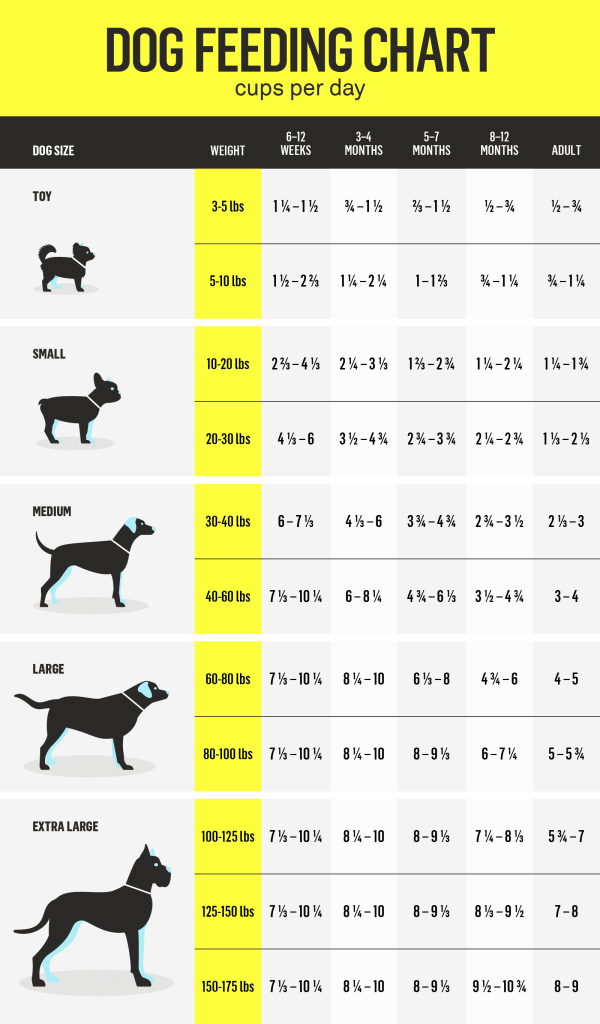
Puppies’ Feeding Schedule
Puppies have unique feeding requirements due to their rapid growth and development. It’s important to establish a feeding schedule that provides them with the necessary nutrients while promoting healthy growth. Let’s take a closer look at the feeding schedule for puppies.
Feeding Frequency for Puppies
Puppies require more frequent meals compared to adult dogs due to their smaller stomachs and higher energy needs. Generally, it is recommended to feed puppies three to four times a day until they are about six months old. This frequent feeding schedule ensures that they receive a constant supply of energy to fuel their growth and development. As they approach six months of age, you can gradually transition them to a more typical feeding schedule of two meals a day.
Transitioning to Adult Feeding Schedule
As your puppy grows and reaches their adult size, their feeding schedule should be adjusted accordingly. Around six months of age, you can start transitioning them to an adult feeding schedule of two meals a day. It’s essential to make this transition gradually by reducing the number of daily meals and increasing the portion sizes accordingly. This gradual process allows your puppy’s digestive system to adjust to the changes smoothly.
Adult Dogs’ Feeding Schedule
Once your dog reaches adulthood, their feeding schedule can be simplified to two meals a day. However, it’s still important to consider factors such as their activity level and portion sizes to ensure they maintain a healthy weight and receive adequate nutrition.
Feeding Frequency for Adult Dogs
For most adult dogs, feeding them twice a day is generally sufficient. This schedule allows for easier portion control and helps maintain a consistent routine. However, if your dog has specific dietary needs or health concerns, your veterinarian may recommend a different feeding frequency. It’s always best to consult with a professional to determine the ideal feeding schedule for your adult dog.
Adjusting Portion Sizes Based on Activity Level
The portion sizes for adult dogs can vary depending on their activity level. Active dogs with higher energy requirements may need larger portion sizes, while less active dogs may require smaller portions to prevent weight gain. Monitoring your dog’s body condition and consulting with your veterinarian can help ensure that you are providing them with the right amount of food to maintain a healthy weight.
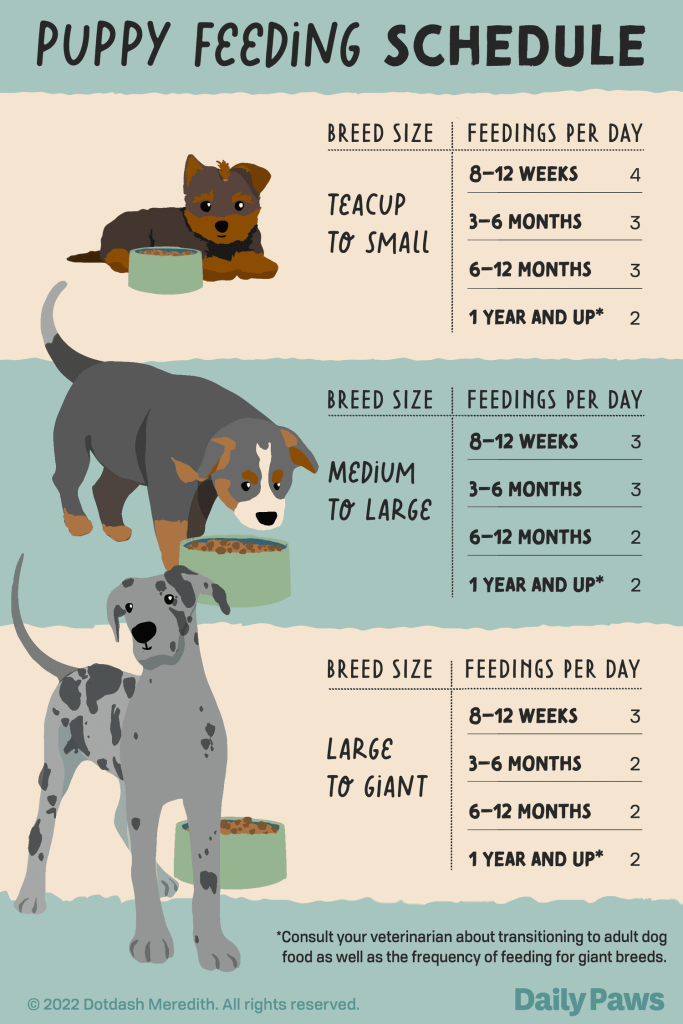
Senior Dogs’ Feeding Schedule
As dogs age, their nutritional needs change, and adjustments to their feeding schedule may be necessary. Senior dogs often have reduced activity levels and may require a modified diet to support their aging bodies.
Feeding Frequency for Senior Dogs
Senior dogs may benefit from a feeding schedule that includes more frequent, smaller meals. This can help with digestion and prevent any discomfort that can occur from large meals. While some senior dogs may still thrive on a twice-daily feeding schedule, others may benefit from three to four smaller meals distributed evenly throughout the day.
Choosing a Nutritional Formula for Senior Dogs
In addition to adjusting the feeding schedule, selecting an appropriate nutritional formula for senior dogs is crucial. Senior-specific dog food formulas are designed to meet the unique needs of older dogs, such as joint support, digestive health, and cognitive function. Consult with your veterinarian to determine the best nutritional formula for your senior dog based on their specific health needs.
Feeding Schedule for Dogs with Special Needs
Some dogs may have special needs that require a customized feeding schedule to accommodate their medical conditions or weight management goals. Let’s explore two common scenarios: dogs with medical conditions and dogs who are overweight or underweight.
Feeding Schedule for Dogs with Medical Conditions
If your dog has a medical condition, such as diabetes or kidney disease, their feeding schedule may need to be adjusted accordingly. Specific dietary restrictions or the need for medication timing may influence the frequency and timing of meals. It’s important to work closely with your veterinarian to create a feeding schedule that supports your dog’s medical needs.
Feeding Schedule for Overweight or Underweight Dogs
Dogs who are overweight or underweight require a feeding schedule tailored to their weight management goals. For overweight dogs, portion control and calorie restriction may be necessary. This can be achieved through a carefully planned feeding schedule that provides smaller, more frequent meals to help control their weight. Conversely, underweight dogs may benefit from a feeding schedule that includes larger, more frequent meals to increase their calorie intake and promote weight gain. Working with a veterinarian or a veterinary nutritionist can help you develop a feeding schedule that supports your dog’s specific needs.
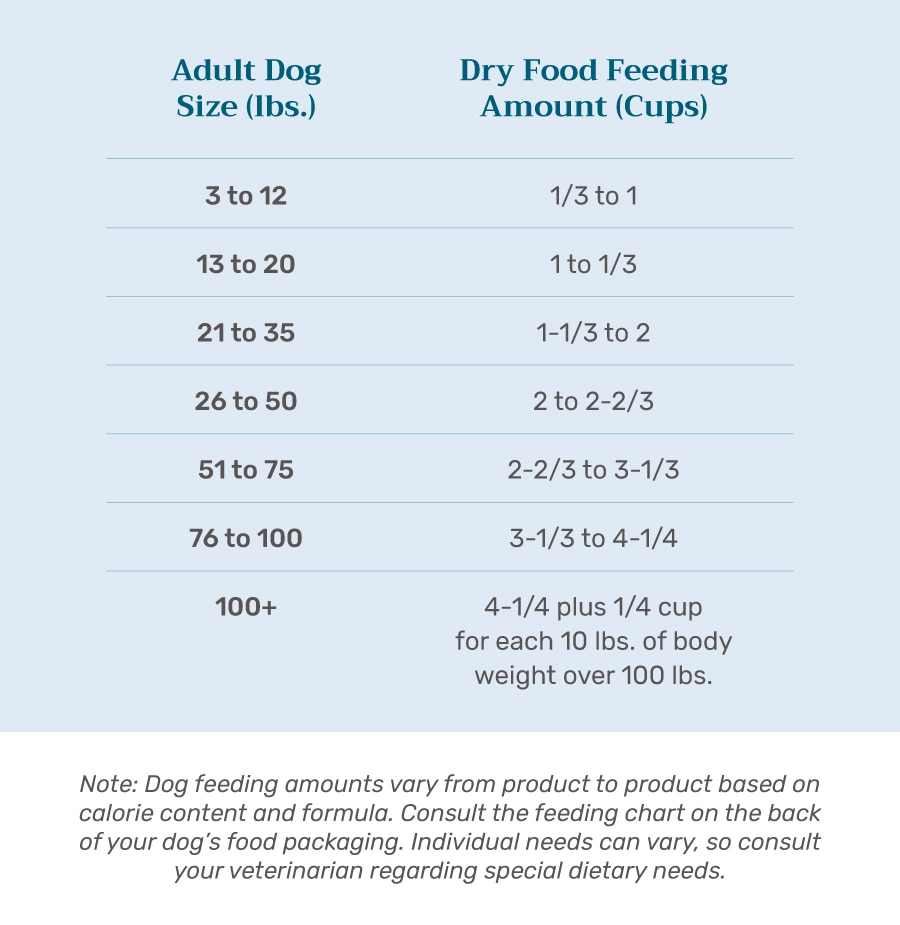
Feeding Schedule for Active Dogs
Active dogs, such as those involved in agility training or working in demanding fields like search and rescue, have higher energy requirements. A well-planned feeding schedule is vital to ensure that these dogs have enough fuel to perform at their best.
Feeding Frequency for Active Dogs
Active dogs generally require more frequent meals to maintain their energy levels. Feeding them three to four times a day can help provide a continuous source of fuel throughout the day. Additionally, regular meals can be beneficial for preventing digestive issues that can occur if large amounts of food are consumed in one sitting.
Importance of Scheduled Feeding for Active Dogs
Scheduled feeding is particularly important for active dogs as it ensures that they receive proper nutrition and adequate rest between meals. It also allows owners to monitor their food intake to prevent overfeeding or underfeeding, which can impact their performance and overall health. Regular meal times can also help establish a sense of routine and predictability in their daily lives.
Feeding Schedule for Working Dogs
Working dogs, such as those involved in herding livestock or serving in the police force, have unique feeding requirements. Their daily activities and physical demands necessitate additional nutritional support.
Feeding Frequency for Working Dogs
Working dogs often require multiple daily meals to sustain their energy levels. Feeding them three to four times a day can help ensure that they receive the necessary nutrients to meet their demanding workload. These smaller, more frequent meals can also aid in digestion and prevent any discomfort that can arise from large meals.
Supplementing Meals for Working Dogs
In addition to regular meals, working dogs may benefit from supplements to support their joint health, stamina, and overall performance. These supplements can be added to their meals or given separately, depending on the specific needs of the dog. Consulting with a veterinarian or a veterinary nutritionist can help determine the appropriate supplements for your working dog.
Factors to Consider for Feeding Schedule Changes
Making changes to your dog’s feeding schedule, whether it’s transitioning to a new one or adjusting portion sizes, should be done gradually to avoid any digestive upset. Let’s explore two important factors to consider when implementing feeding schedule changes.
Gradual Transitioning to New Schedule
When transitioning your dog to a new feeding schedule, it’s important to do so gradually. Sudden changes can disrupt their digestive system and lead to gastrointestinal upset. Start by adjusting the timing of meals by 15-minute increments each day until you have achieved the desired schedule. Additionally, gradually adjust the portion sizes according to the new schedule to avoid overfeeding or underfeeding.
Monitoring and Adjusting Schedules
Once you have established a feeding schedule for your dog, it’s important to monitor their weight, body condition, and overall well-being. Regularly assess if the portion sizes and feeding frequency are appropriate for their needs. If your dog’s weight or energy levels change significantly, consult with your veterinarian to determine if adjustments to the feeding schedule are necessary.
The Role of the Owner in Maintaining a Feeding Schedule
As a dog owner, you play a crucial role in maintaining a feeding schedule for your furry friend. Consistency and routine are key to ensuring that your dog receives the proper nutrition at the right times.
Consistency and Routine
Establishing a consistent feeding routine is essential for your dog’s overall well-being. Dogs thrive on predictability, and having regular meal times helps them feel secure and promotes healthy digestion. Stick to the established feeding schedule as closely as possible and avoid deviating from it unless necessary.
Avoiding Common Mistakes
When it comes to maintaining a feeding schedule, it’s important to avoid common mistakes that can impact your dog’s health. One common mistake is overfeeding, which can lead to obesity and related health issues. Ensure that you are following the recommended portion sizes and adjust them accordingly based on your dog’s weight and activity level. On the other hand, underfeeding can also be detrimental to your dog’s health and well-being. Be attentive to any signs of weight loss or decreased energy levels and consult with your veterinarian if you have any concerns.
By taking into account your dog’s individual needs, considering the advantages and disadvantages of different feeding schedules, and maintaining consistency and routine, you can choose the right feeding schedule for your furry friend. Remember to consult with your veterinarian for personalized guidance and recommendations to ensure that your dog receives the best possible nutrition at the appropriate times.




